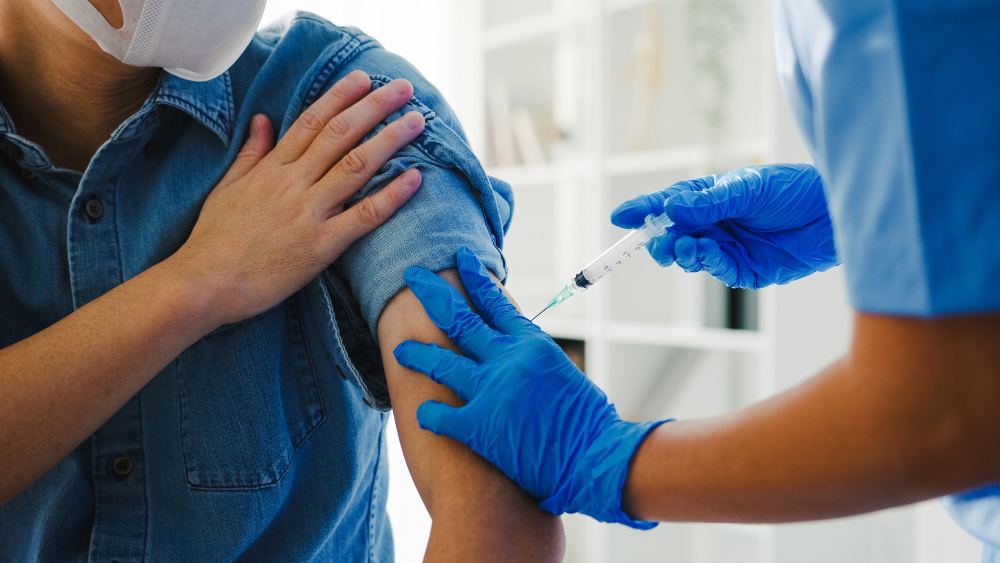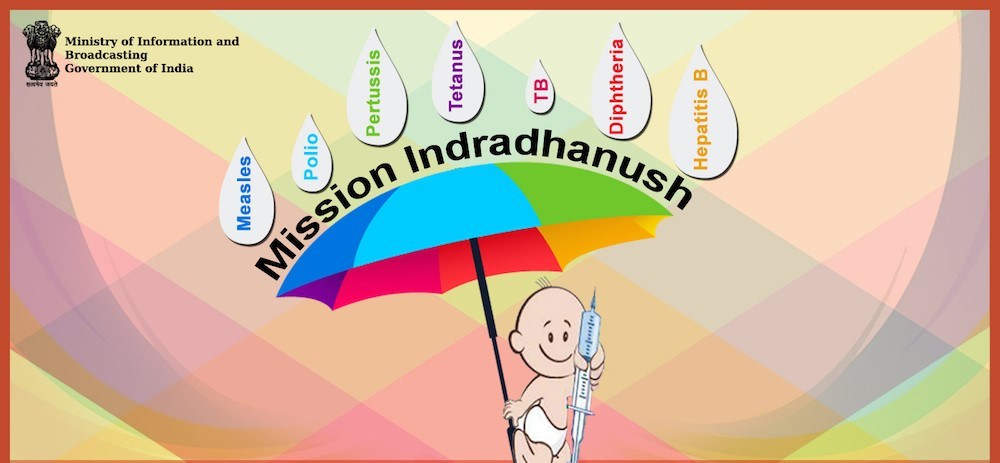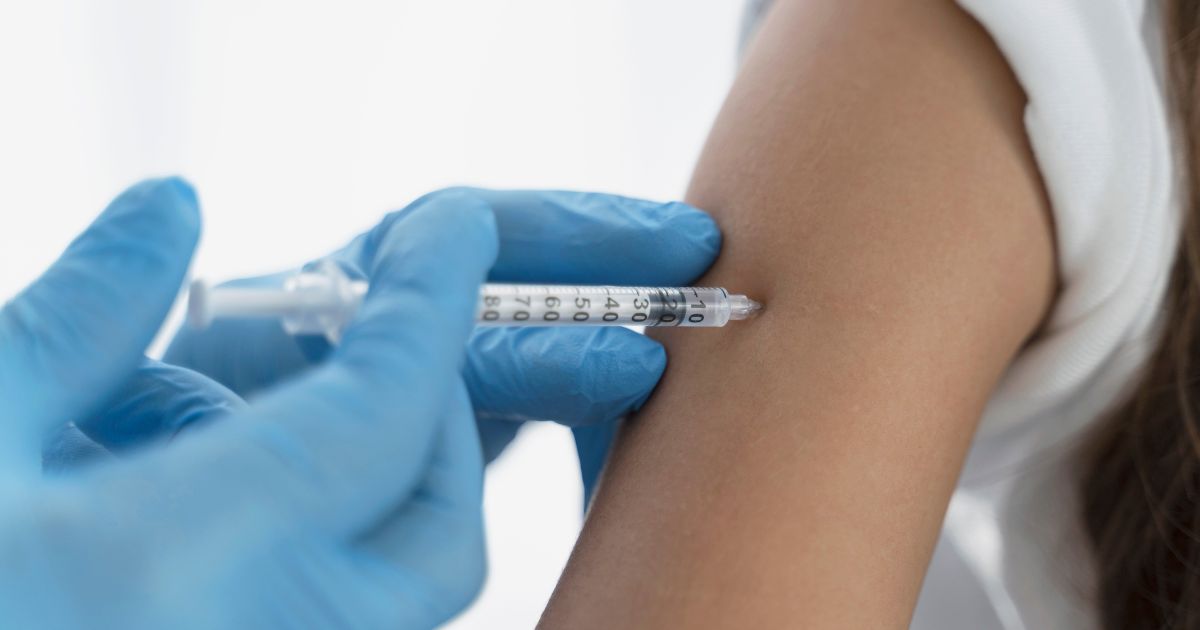Akhter Rasool

Vaccination programs are among the most effective public health interventions, significantly reducing child mortality and curbing the spread of infectious diseases. Vaccines work by stimulating the body’s immune system to build protection against pathogens, thereby lowering the risk of infection and severe illness. Immunization stands as a global health success story—according to the World Health Organization (WHO), vaccines prevent an estimated 3.5 to 5 million deaths annually from diseases such as diphtheria, tetanus, pertussis, influenza, and measles. Beyond individual protection, widespread vaccination fosters herd immunity, safeguarding vulnerable populations who cannot be vaccinated due to medical reasons. As a cornerstone of primary health care, immunization is not only a fundamental human right but also one of the most cost-effective health investments.
However, sustaining high vaccination coverage is critical to preventing disease resurgence and addressing emerging health threats. Despite these successes, recent funding cuts and rising vaccine skepticism threaten to undermine decades of progress. For instance, the United States has significantly reduced its aid programs, and the United Kingdom is considering similar funding reductions. These cuts could have far-reaching consequences, particularly for low-income regions that rely heavily on external support. Many global vaccination programs, including those supported by Gavi, the Vaccine Alliance—a public-private global health partnership aimed at increasing immunization access in low-income countries—are now facing significant funding shortfalls.
Developing countries, including India, rely heavily on financial support from organizations such as Gavi, the World Health Organization (WHO), and UNICEF for vaccine procurement and immunization campaigns. However, wealthy nations have reduced their contributions to global vaccination efforts. For example, the UK has cut aid to Gavi and the Global Polio Eradication Initiative (GPEI), which has directly impacted vaccine distribution in countries like India. Global economic challenges, including the post-COVID-19 slowdown, the Ukraine war, and rising inflation, have further strained foreign aid budgets. As a result, more funds are being diverted toward pandemic preparedness rather than routine immunization.

Low-income countries often face significant hurdles in vaccine procurement and distribution. India, in particular, has a dual role: protecting its own population while serving as a global vaccine supplier. India is a global leader in vaccine production, home to major manufacturers like the Serum Institute of India and Bharat Biotech. The country also runs one of the world’s largest immunization programs, Mission Indradhanush, which covers millions of children and pregnant women. However, funding constraints may hinder its expansion. Although India’s National Health Policy 2017 aims to increase public health spending to 2.5% of GDP by 2025, the 2024-25 budget allocated only about 2.1% of GDP to health, which is lower than many other countries.
India’s role as a global vaccine hub is undeniable, but the pace of new vaccine development is slow due to limited research and development (R&D) funding. Challenges such as funding shortages, vaccine hesitancy, and logistical issues could impede disease control efforts. Reduced global funding affects India’s ability to procure vaccines for diseases like polio and measles, especially in remote regions. Developing a new vaccine is a costly endeavor, ranging from 100 million to 500 million per vaccine, and India’s current funding for vaccine R&D is insufficient. This lack of funding translates to fewer vaccine outreach programs and delays in the rollout of new vaccines, such as those for HPV (to prevent cervical cancer), dengue, and tuberculosis (TB).

The Global Polio Eradication Initiative (GPEI) has also faced funding reductions, impacting India’s polio surveillance efforts. Additionally, India is grappling with rising cases of dengue and malaria, exacerbated by climate change. While Dengvaxia, a dengue vaccine, exists, its use is limited. Emerging threats, such as the mpox (monkeypox) outbreak, further underscore the need for robust vaccination campaigns. Although India has reported low mpox cases, ongoing surveillance is critical given the global spread of the disease.
The high cost of vaccines often results in lower coverage among low-income populations, increasing the risk of outbreaks for diseases such as measles, rubella, and diphtheria. This raises a critical question: Can India sustain its global vaccine supply amidst funding cuts and geopolitical challenges?
To address these challenges, several strategies can be considered. Private companies like the Serum Institute of India and Bharat Biotech may require government subsidies to scale up vaccine production. Long-term funding agreements with organizations such as WHO, Gavi, and UNICEF could ensure vaccine affordability. Additionally, tapping into corporate social responsibility (CSR) funding from Indian pharmaceutical giants could provide a sustainable financial model. For example, Gavi’s partnership with African nations to ensure polio vaccine affordability could serve as a blueprint for India’s efforts to combat measles and HPV.
Improving cold chain logistics is another critical area. India’s “eVIN” (Electronic Vaccine Intelligence Network) has already enhanced vaccine tracking and cold storage in rural areas, but further investments are needed. Introducing new vaccines into national programs, such as government-funded HPV and dengue vaccines, could help eliminate these diseases.
While India faces significant challenges in sustaining its vaccination programs, strategic investments, international collaborations, and innovative funding mechanisms can help mitigate the impact of global aid cuts. By addressing these issues, India can continue to protect its population and maintain its vital role as a global vaccine supplier.
Author’s biography
Akhter Rasool is a veterinarian and researcher.

